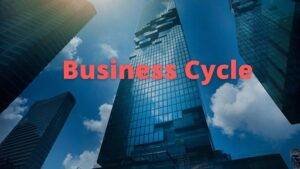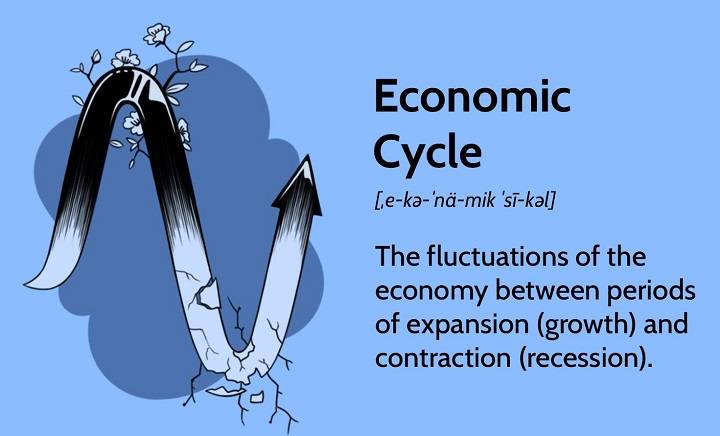Understanding the business cycle is essential for both economists and business owners. It’s a framework that helps us make sense of the economic trends that affect our businesses and financial well-being. The business cycle typically consists of four phases:
expansion, peak, contraction, and trough. In this article, we’ll delve into the peak phase of the business cycle and explore the characteristics of prosperity that are associated with it. By the end of this article, you’ll have a clearer picture of what to expect during this pivotal phase of the economic cycle.
The Business Cycle: A Quick Overview
Before we delve into the characteristics of prosperity in the peak phase, let’s briefly recap what the business cycle is and the stages it comprises:
- Expansion: This is the phase when the economy is on the rise. Businesses are flourishing, employment rates are high, and consumer spending is strong.
- Peak: The peak phase marks the highest point of the business cycle. It’s when the economy is firing on all cylinders, and everything seems to be going exceptionally well. However, it’s also the phase just before things start to turn.
- Contraction: In this phase, economic growth begins to slow down. Businesses may start to see reduced profits, and unemployment may begin to rise.
- Trough: The trough is the lowest point of the business cycle. Economic conditions are challenging, but it’s also the phase where opportunities for growth begin to re-emerge.
Characteristics of Prosperity in the Peak Phase

The peak phase of the business cycle is often marked by certain characteristics that can help us identify and understand this period of prosperity:
- Low Unemployment: During the peak phase, unemployment rates are typically at their lowest. This is because businesses are expanding and hiring more employees to meet growing demand. This low unemployment rate contributes to increased consumer spending, as people have more disposable income.
- High GDP Growth: Gross Domestic Product (GDP) is a key indicator of a nation’s economic health. In the peak phase, GDP growth is robust, reflecting a thriving economy. Businesses are producing more, and overall economic output is at its peak.
- Strong Consumer Confidence: Consumers tend to feel optimistic about the future during the peak phase. This confidence leads to increased spending on both essential and non-essential goods and services. It’s a time when people are more willing to make major purchases.
- Rising Stock Markets: Stock markets often perform exceptionally well during this phase. Investors are more willing to take risks, and stock prices tend to rise. Companies’ profits are growing, and this optimism is reflected in the stock market.
- Increased Business Investments: Businesses are not only hiring more employees but also increasing their investments in equipment, technology, and expansion. This contributes to economic growth and further reinforces the prosperity of the peak phase.
- Wage Growth: With low unemployment and a competitive job market, wages tend to rise during the peak phase. Workers can negotiate for higher salaries, which, in turn, fuels greater consumer spending.
- Innovation and Technological Advancements: As businesses thrive, they are more inclined to invest in research and development. This leads to innovation and technological advancements, which can drive further economic growth.
- Inflation Pressures: While moderate inflation is a healthy sign of economic growth, the peak phase may also witness higher inflation rates. Increased demand and rising production costs can lead to price pressures, which need to be carefully managed.
- Housing Boom: During prosperity, the real estate market often experiences a boom. Low-interest rates, high consumer confidence, and wage growth make it an ideal time for individuals to invest in homes and for real estate developers to build new properties.
The peak phase of the business cycle is characterized by prosperity, marked by low unemployment, high GDP growth, strong consumer confidence, rising stock markets, increased business investments, wage growth, innovation, inflation pressures, and a housing boom. However, it’s essential to note that the peak phase is followed by a contraction phase, which can bring economic challenges. Understanding these characteristics can help individuals, businesses, and policymakers make informed decisions to navigate the business cycle effectively.


